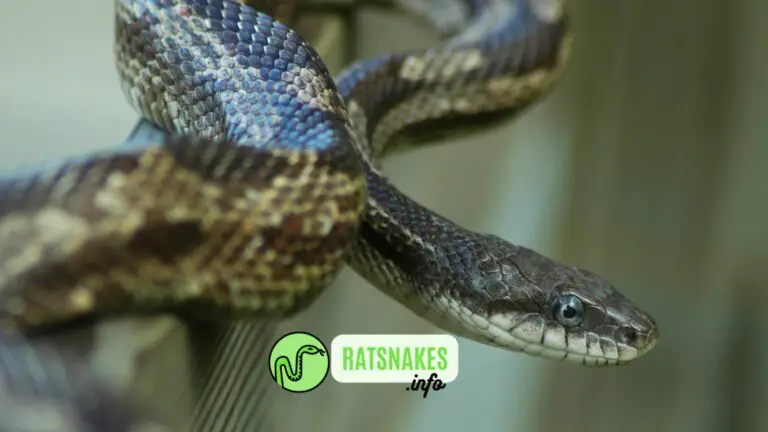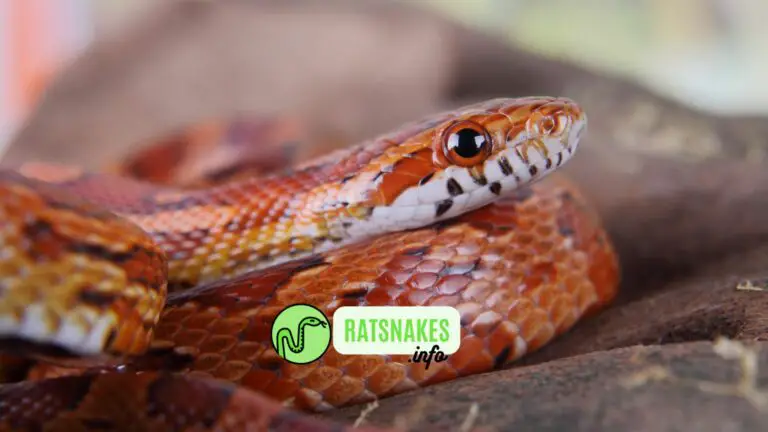
Alien, Exotic, Feral or Non-native all words that have been used to describe non-indigenous species. Global trade, travel & accidental release have contributed to the ever increasing number of species, that have successfully colonized outside of there natural ranges. Not all stowaways will survive, reproduce or establish themselves, but some will and some even become invasive. A classic example of this is the Brown Tree Snake (Boiga irregularis) on Guam, whose presence on an island otherwise devoid of snakes has had a devastating effect on the wildlife and tourist industry.
Several Ratsnake species have been successful in colonizing outside there natural ranges a brief overview of some of these follows.
Cornsnake – Pantherophis guttatusCornsnakes have a wide natural range in the USA, stretching from New Jersey to the Keys in Florida and as far west as Texas they can be found in deciduous forests, pine barrens, rocky hillsides and farm areas.
There have been repeated sightings as well as captures of juveniles in the Virgin Islands suggesting a nascent population. Evidence suggests these specimens might have arrived in cargo containers from Florida, as at least 2 specimens have been captured and documented at the Crown bay Cargo Port and a further one at an industrial park where vehicles deliver from the docks, which indicate one means of entry into the country. Other islands in the Caribbean have also been documented as having breeding populations of Cornsnakes, if the presence of numerous sightings of hatchlings & Juveniles can be considered conclusive. These additional islands are Antigua (Powell & Henderson 2003), Anguilla (Hodge et al. 2003), St. Barts (Breuil 2002), Curacao & Bonaire.
In the West Indies on a beach in the Cayman Islands, a nest of Cornsnake eggs were found in the root ball of one of the plants (Franz et al. 1987), further studies on this island have indicated that the Cornsnake has become naturalized in the vicinity of George Town (Seidel and Franz 1994) (caymannetnews.com 2007).
As always with ‘introduced’ species, there is concern for endemic species being at risk by predation and competition for food. The reverse can also be true in some instances, as Wilson & Porras (1983) suggest that the increasing numbers of exotic lizards, such as Anolis sagrei have seen the Cornsnake populations increase in certain areas of Florida because of the increased availability of prey.
Stinking Goddess – Elaphe climacophora
The natural distribution of the Stinking Goddess is Southern China, Taiwan, Japan & the Ryuku islands, introduced specimens exists on Okinawaijima in the Okinawa Islands home to the subspecies Elaphe carinata yonaguniensis, these are presumed to be escaped pets, Ota (1999) identified these as the nominate form E.c.carinata and states that breeding has not been confirmed.
Japanese Fourlined Ratsnake – Elaphe quadrivigata
Originally endemic to the main islands of Japan and a few adjacent small islands, E. quadrivirgata has a feral population on Kochinoshima, Tokara Group (Nagai 1938), it is thought to have been introduced from Kuchinoerabuijima, Osumi Group (Hikida et al. 1992). The impact of this species on the native biota has yet to be studied.
Aescalapian Snake – Zamenis longissimus
A population of Z. longissimus is known from Colwyn Bay, Wales UK and is mainly restricted to the grounds of the Welsh Mountain Zoo, although individuals have been found outside the boundaries of the zoo. This population is believed to have originated from an escaped gravid female in the 1960’s. The first indication of them colonizing was in the early 70’s, when hatchling Z. longissimus were sighted in the zoo grounds. Over the following 30 years, several adults, hatchlings & juveniles have been observed. This population has been the subject of a few studies by students at Bangor University, Wales co-ordinated by Dr Wolfgang Wüster.
A second population of the Aesculapian Snake is also known in the UK from the London area in the vicinity of London Zoo, sightings of adults, hatchlings & juveniles are common along the embankments of the canal in the area.
On an interesting side note, there have been a few fossil records of Zamenis longissimus from the late Pleistocene in Suffolk, UK (B.H.S. Bulletin no.50 1994), or maybe its return should be classed as a reintroduction?
Taiwan Beauty Snake – Orthriophis taeniurus friesi
Taiwan Beauty snakes have a natural distribution restricted to the island of Taiwan. Ota (1999) surmised that a feral population of Orthriophis taeniurus exists in the central part of Okinawajima, which were morphologically distinct from O .t.schmackeri which occurs in the region. This population has most likely been derived from individuals artificially introduced from Taiwan or the eastern continent. He states that it is unclear whether this population can be identified as O .t .friesi or O.t. mocquardi. In 2003, two individuals were found from the northern forested part of Okinawajima, concerns for the impact through predation of these snakes on the indigenous mammals & birds are of great conservation concern (Murakami & Washitani, 2002).
Chigira (1991) recorded the discovery of O .t .friesi on Okinawajima in the Okinawa Islands, in August 1986 at Ona village, Ishikawa City in September 1989, Konchinda Town in March 1990 and Kadena in April 1990, the latter snake captured at Kadena was thought to be the result of a stow away on a airplane as it was found near an ammunitions magazine in the US military base. Chigra believes that a detailed survey would reveal the presence of established and breeding populations of the Taiwan Beauty Snake.
A further report suggests a population O .t .friesei on Sakishima which is a small island and home to the native O .t.schmackeri, where hybridization is of special concern.
“The Invasive Alien Species Act” in Japan was enforced on 1, June, 2005. Amongst the six reptiles that are included on this list, one is a Ratsnake, Orthriophis taeniurus friesei. The IAS Act means to effect no importation, keeping or release of these species. All O. taeniurus spp excluding O. t .schmackeri require investigation by the Japanese government before importation, with O. t. friesi requiring official permission. Further more, Coelognathus radiatus which is considered as a morphologically similar species, requires an official certificate issued by foreign government to verify the type of species.
Japanese Ratsnake – Elaphe climacophora
Occurring naturally on some of the Izu group islands of Japan, this species has
been trans-located to Hachijojimi, although beneficial in controlling rodents there agile climbing abilities have given rise to worries for the local bird populations as these and their eggs are included in the diet of the Japanese Ratsnake.

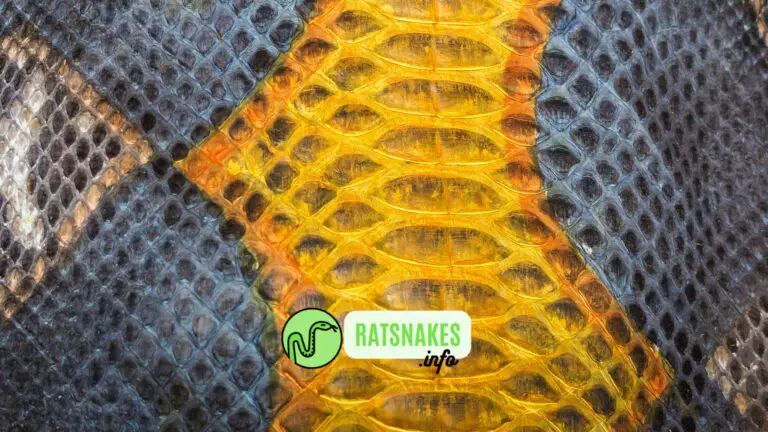
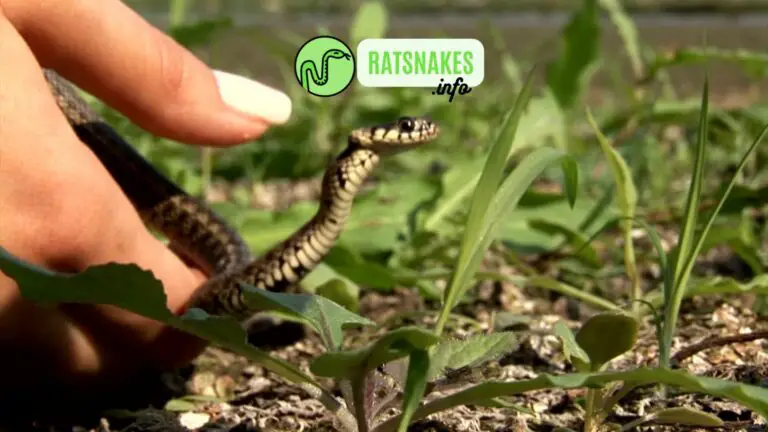
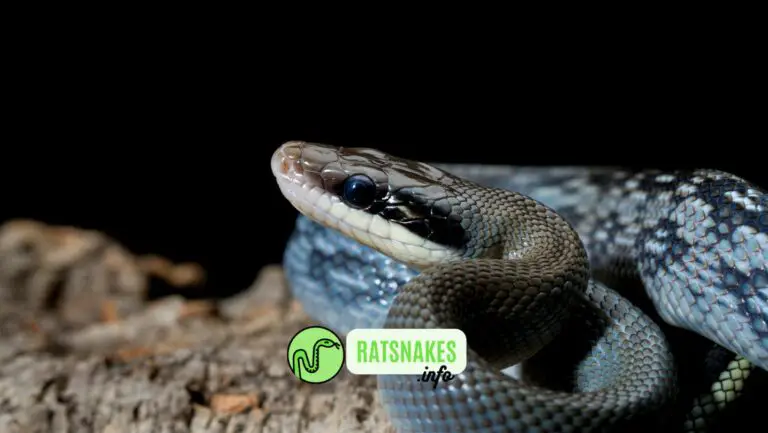
![Prey of Ratsnakes in the Wild [Full List]](https://ratsnakes.info/wp-content/uploads/2022/11/Prey-of-Ratsnakes-768x432.jpg)
